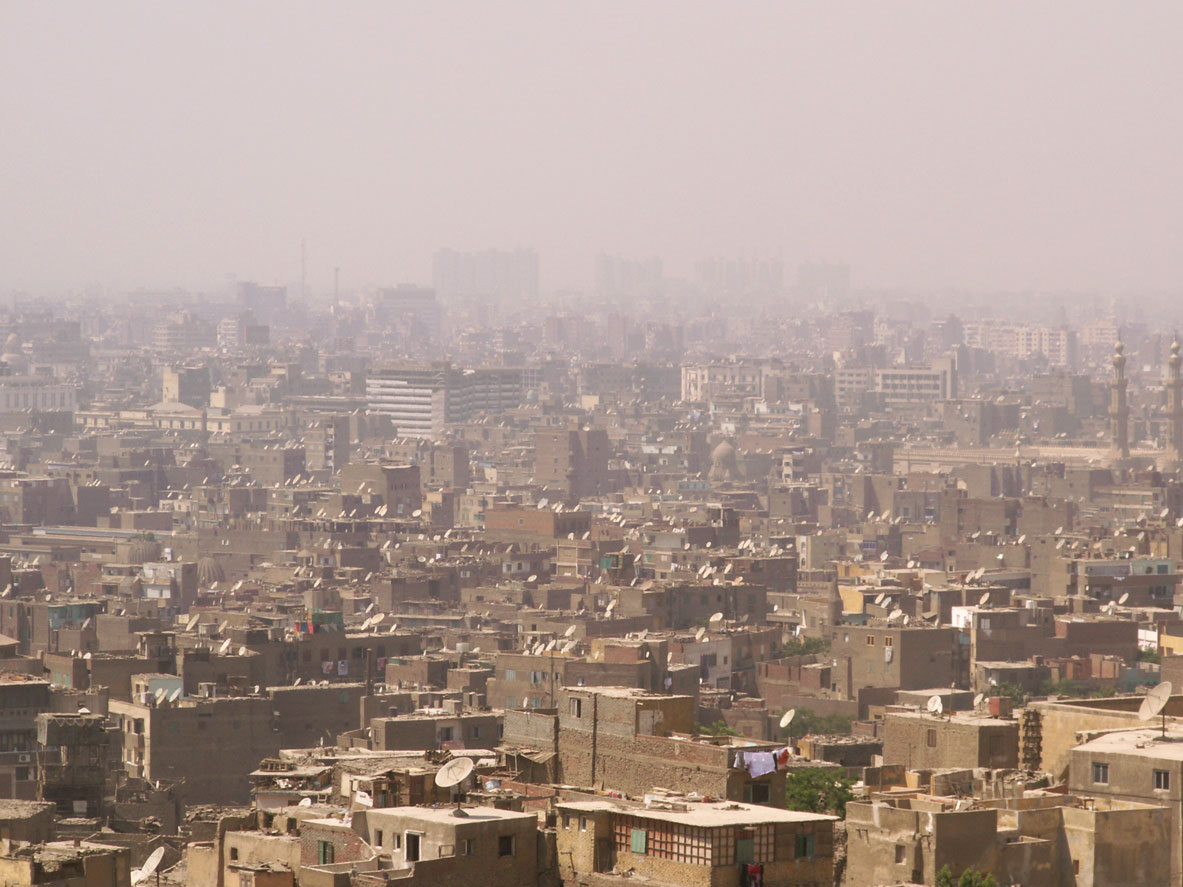In one of its star-studded advertising campaigns, real estate development company Zed showcases its two flagship compounds, each located on the opposite side of the Cairo metropolis. While half of the celebrities in the ad tout the New Cairo compound and its amenities, the other half list the benefits of residing in the one in Sheikh Zayed. There is, however, one thing both sides agree on: they have all they need where they are. Their response to even the suggestion of traversing the city to visit the other compound: “Bet’hazzar, bet’hazzar!” – “You must be joking!” https://www.youtube.com/watch?v=UgiYG0XcvVE Packaged in the form of an upbeat song, this ad likely means nothing more than to flaunt the convenience and self-sufficiency of Zed’s two projects. But hidden behind the humour and the compelling visuals, there is a reality weighing on many of Cairo’s residents. Many cities in one When new developments began to sprout in the desert areas around the older parts of Greater Cairo in the 1980s and 1990s to accommodate a rapidly growing population, some of the city’s inhabitants began to disperse, gradually creating a small exodus from the centre to…
Many Cities in One: Is Cairo’s Sprawling Expansion Affecting Social Bonds?
August 3, 2022



